Imagine sitting at your desk, brushes and paints ready, and thinking, “How can I make this piece really pop?” Creating art is both exciting and a bit daunting, especially when you’re staring at a blank canvas.
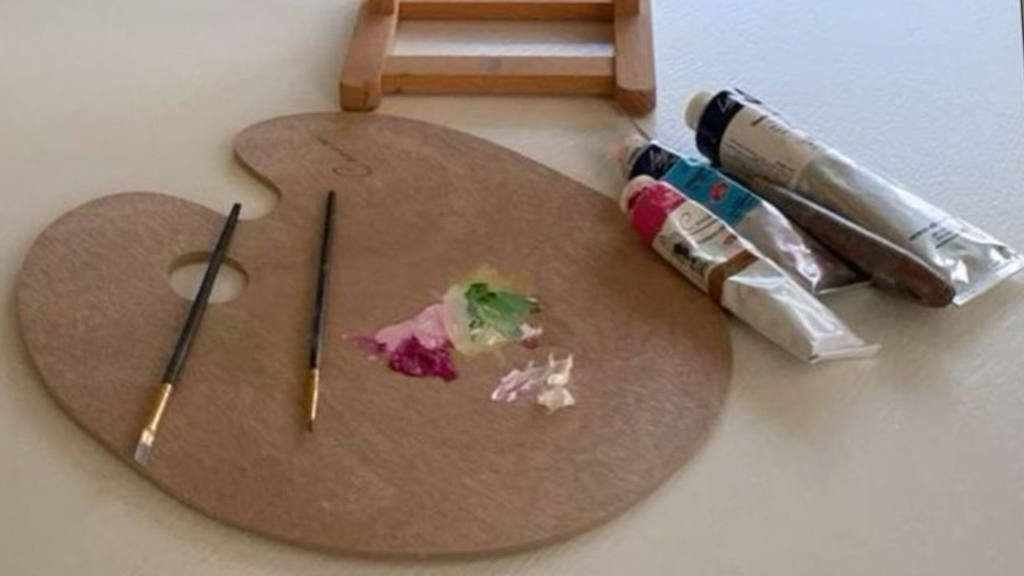
Source: Pinterest
Whether you’re new to art or just looking for new ways to improve, we all want those little tricks that can make our work shine. In this post, we’ll share some creative painting hacks that help. They’re simple, easy to try, and perfect for giving your art that special touch. Let’s dive right in.
Add Dynamic Details with Splatter Paint
Splattering paint is a quick and easy way to add dynamic details to your artwork. Using a brush or an old toothbrush, you can create stars in the night sky, texture in a landscape, or freckles on a face.

Source: Pinterest
To achieve the best results, use opaque paint like gouache or acrylic. Mix the paint with water until it has the right consistency to splatter easily but still show up on the paper. You can tap two brushes together or flick paint off a brush with your finger to create a random, detailed effect.
Tapes Create Clean Borders and Designs
Tape is incredibly versatile in art, helping you achieve clean borders and intricate designs. Whether you’re using thin tape to create patterns or adding a crisp border around your artwork, tape can give your piece a professional look.
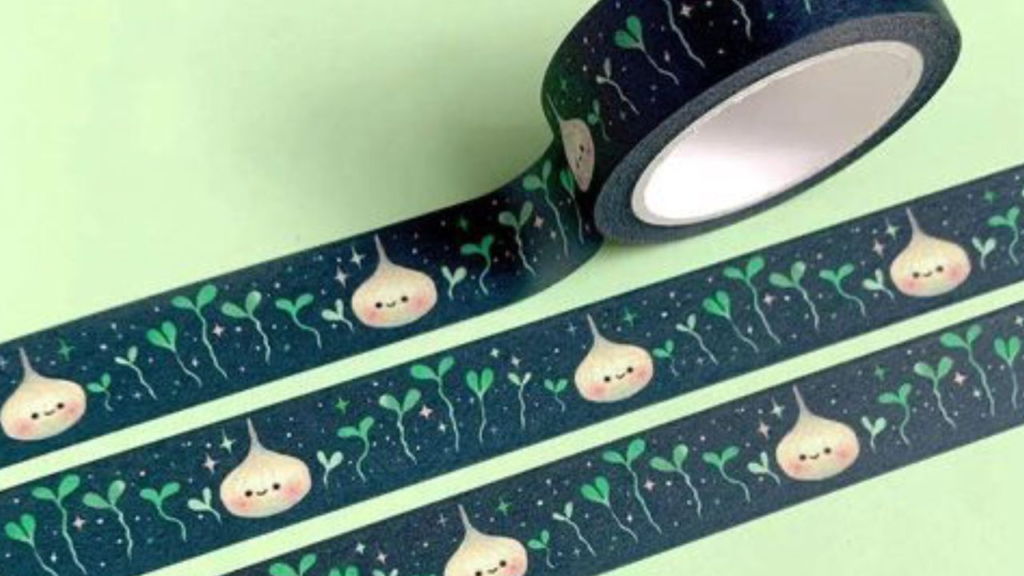
Source: Pinterest
For example, you can use ¼” tape to make geometric patterns or simply frame your artwork with a clean edge. Additionally, experimenting with letting some elements of your piece cross the tape boundaries can add an extra layer of creativity.
Household Items Enhance Your Watercolors
You don’t need expensive tools to improve your watercolor paintings; common household items can add unique textures and details. For example, blotting wet paint with a paper towel or tissue can create soft clouds or waves.
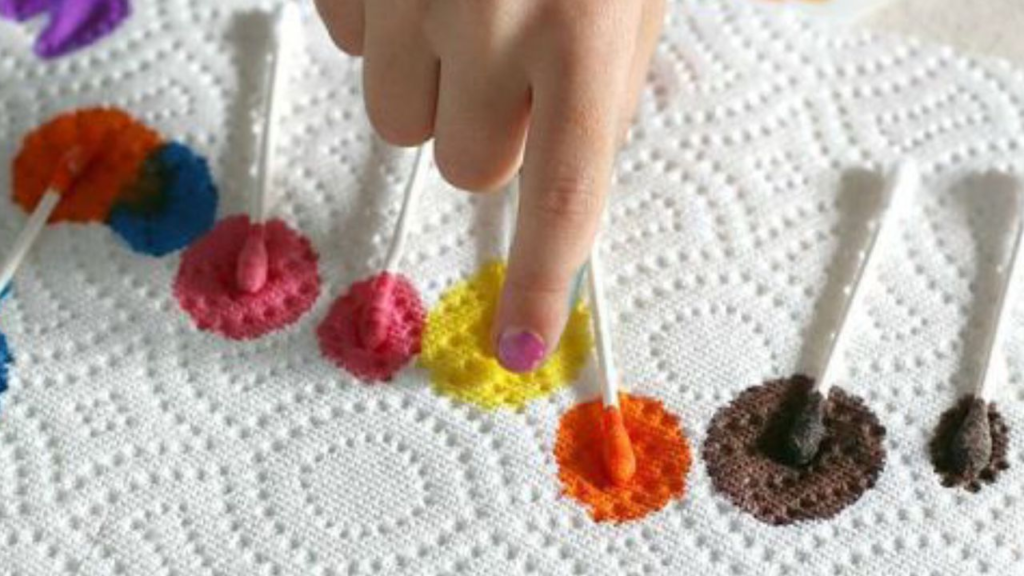
Source: Pinterest
Sprinkling salt on a wet wash creates a textured effect perfect for backgrounds or sandy areas. Sponges can be used to dab paint and create foliage, while plastic wrap laid on wet paint forms interesting rock or mountain textures.
Speed Up Your Drawings with Toned Paper
Using mid-range colored paper, like Strathmore Toned Tan, Gray, or Blue, can facilitate your drawing process. Toned paper provides a middle value, saving you time rendering this in your drawings. It allows you to focus on adding highlights and shadows, making your sketches and drawings pop.
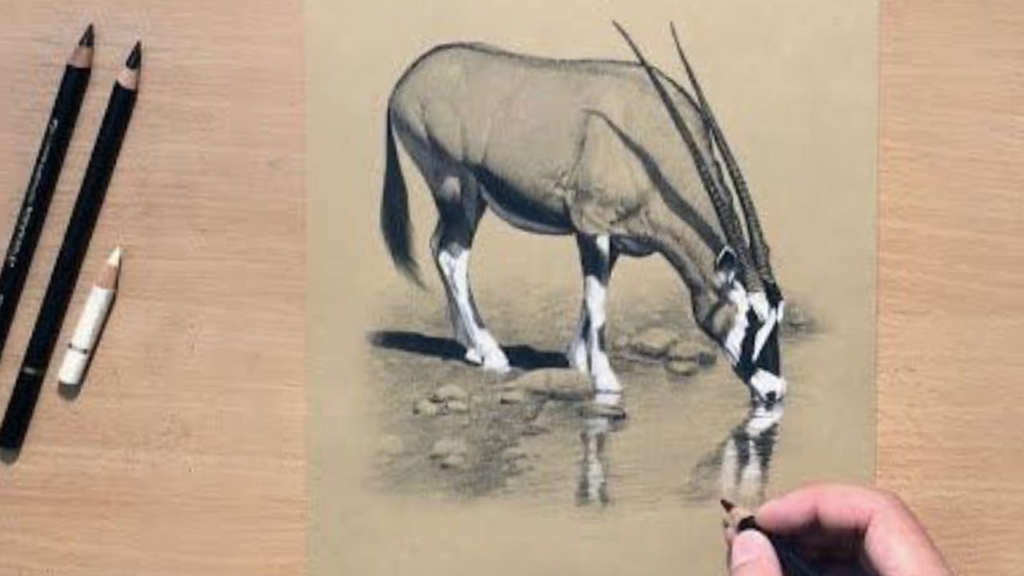
Source: Pinterest
For instance, using white pencils for highlights and dark media like graphite for shadows creates a full range of values quickly. Toned paper is an efficient way to add depth and dimension to your artwork without spending extra time on shading.
Masking Fluid Maintain Bright Highlights
Maintaining bright highlights in watercolor can be challenging, but masking fluid makes it easy. Before you start painting, apply masking fluid to the areas you want to keep white. Once the paint is dry, peel off the masking fluid to reveal a clean, white surface.
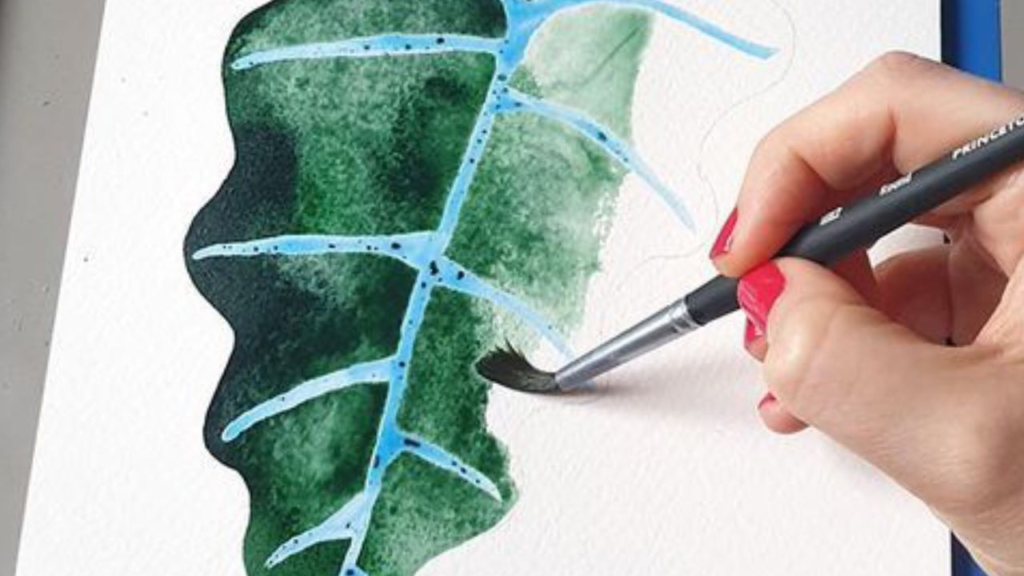
Source: Pinterest
This technique is more effective than trying to add white back in later with acrylic or gouache. Masking fluid is available in brush-on or pen formats, making it easy to apply precisely.
Paint Straight Lines with a Ruler
Painting straight lines can be tricky, but a ruler can help. Instead of laying the ruler flat on the paper, which can cause paint to seep underneath, hold it at an angle. This way, the ferrule of your brush can rest against the ruler, guiding your brush in a straight line without smudging.

Source: Pinterest
Alternatively, use your finger as a guide along the edge of the pad to keep your brush steady. These techniques ensure your painted lines are as straight and crisp as possible, making your work look neat and professional.
Break Down Blank Pages into Small Spaces
Staring at a blank sketchbook page can be intimidating, but breaking it down into smaller sections can make it more approachable. Divide the page into small squares or rectangles, and fill each with a mini drawing. This method makes the task less daunting and helps you get daily practice.

Source: Pinterest
For instance, participating in challenges like Inktober is easier when you only fill in small sections. Over time, these small drawings add up, and you’ll have a full sketchbook of varied, interesting work, all without the pressure of filling a large blank page.
Watercolor Pencils Make Sketching Easier
Using watercolor pencils instead of graphite for your initial sketch can make a big difference in your final piece. Watercolor pencils are water-soluble, so they dissolve into the paint as you work, eliminating the risk of visible pencil lines.
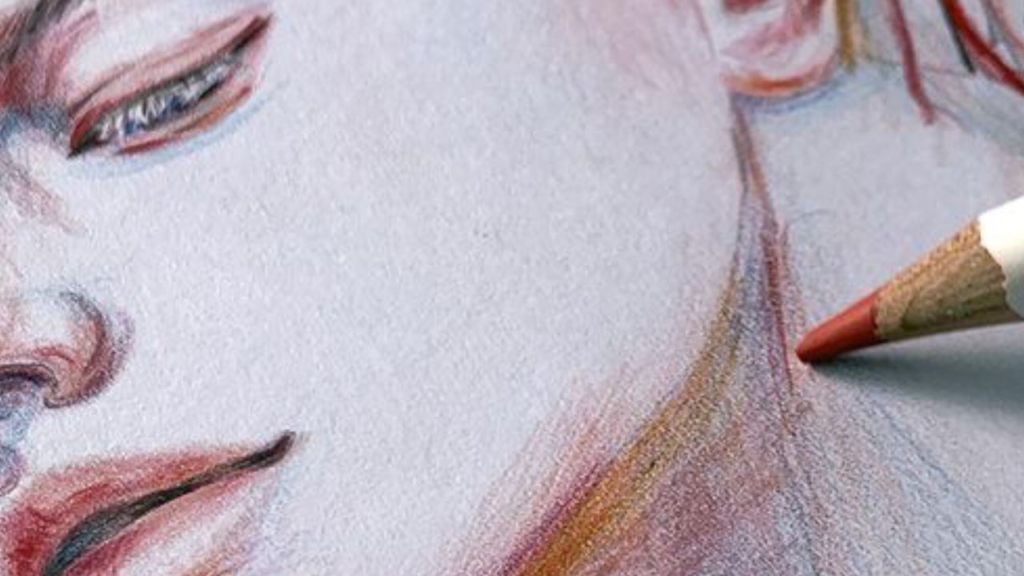
Source: Pinterest
This allows you to sketch out your design without worrying about heavy-handed lines showing through. When you start painting, the watercolor pencil lines blend seamlessly with your paint, giving your artwork a cleaner, more professional look.
Gouache Amplify Watercolor Paintings
Gouache can be a great tool for enhancing watercolor paintings. While watercolor’s translucent nature is beautiful, adding gouache can make your work pop better.
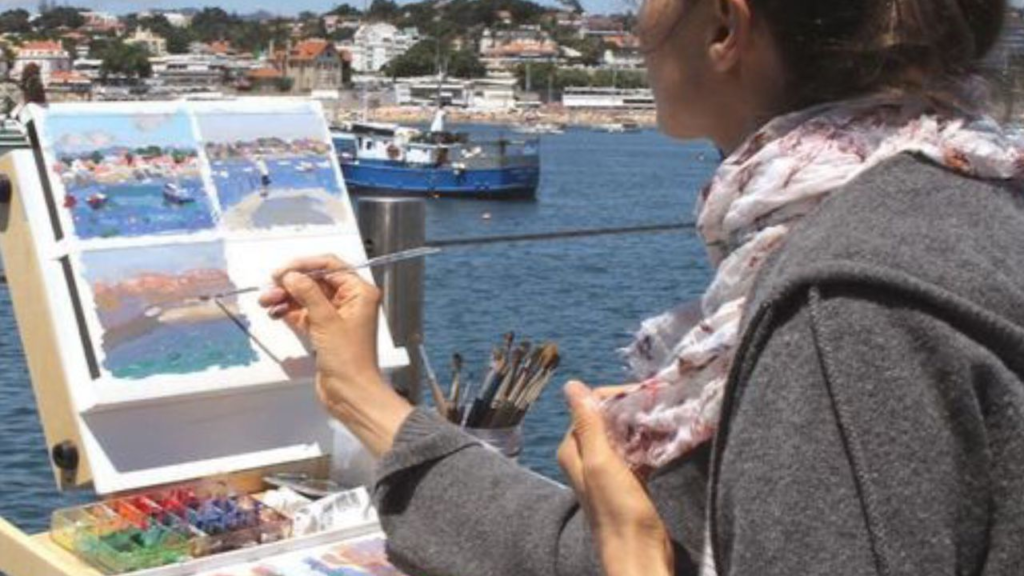
Source: Pinterest
You can use gouache to add highlights, define shapes, or cover dark areas with light colors, something watercolor alone can’t do. For example, creating a background with watercolor and adding clouds with gouache on top can give your painting a striking, layered effect. Mixing these two mediums allows for greater flexibility and creativity in your artwork.
Blend Charcoal for Realistic Drawings
Blending charcoal can create smooth, realistic drawings, and there are several effective methods to achieve this. Using a paintbrush can help smooth out the grainy look of charcoal and fill in the white spaces on the paper.

Source: Pinterest
A tissue works well when used in a circular motion for larger areas. Blending stumps are perfect for small details, allowing for precise control. Remember to use a sweeping motion and lift the stump at the end of each stroke to avoid uneven blending. These techniques ensure your charcoal drawings have a polished, professional finish.
Mixing Mediums Improves Your Art
Don’t be afraid to mix different types of media to enhance your artwork. Combining materials like watercolor, colored pencil, acrylic, and gouache can create rich, detailed pieces.
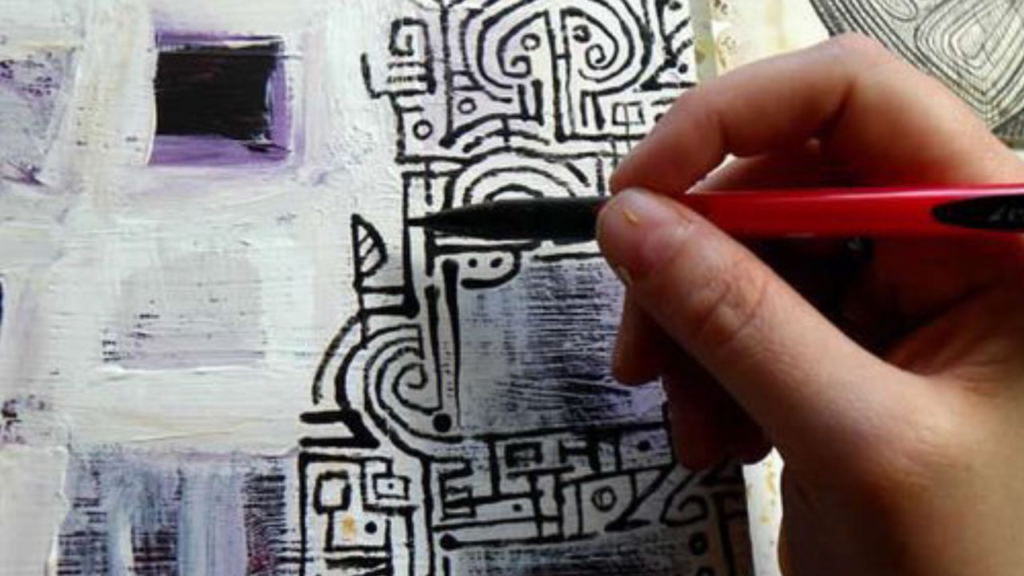
Source: Pinterest
For instance, start with a watercolor base, then add details with colored pencils and highlights with acrylic. This approach allows you to leverage the strengths of each medium, making your work more dynamic and textured.